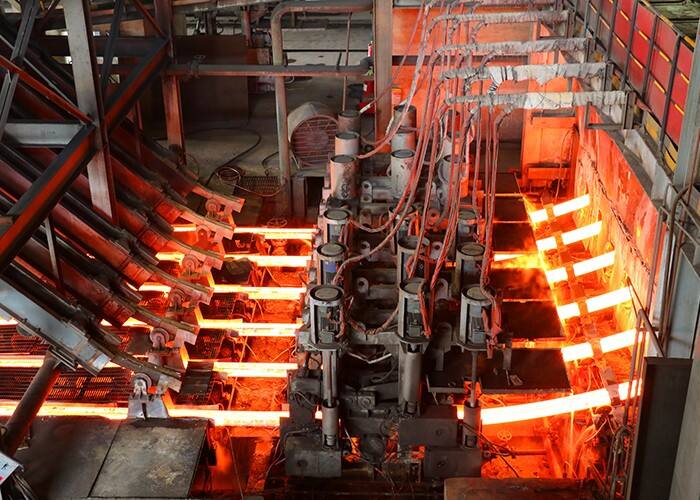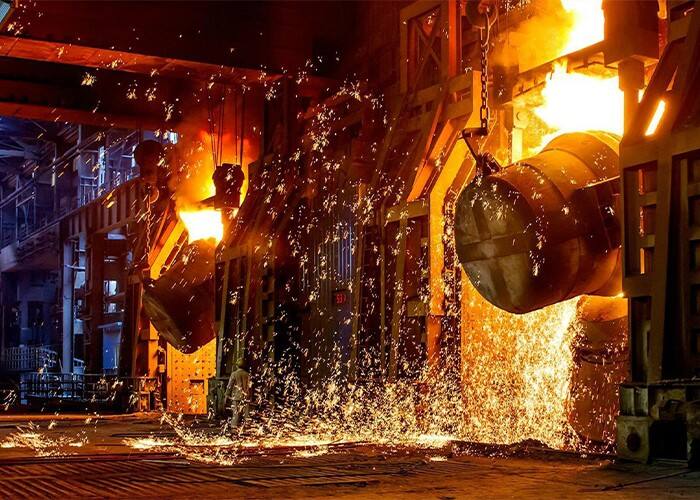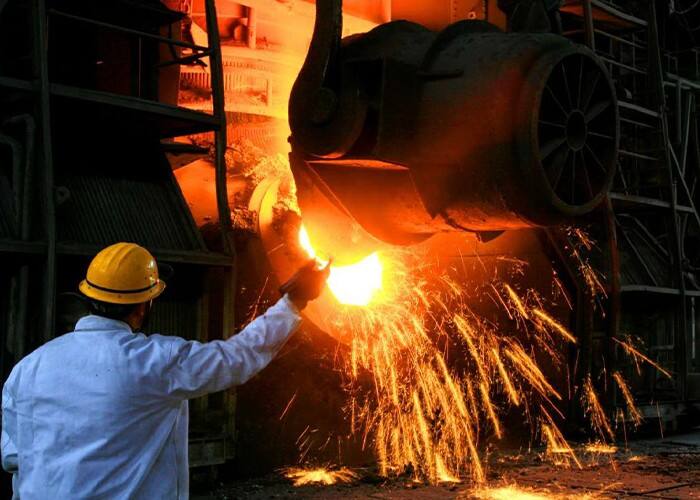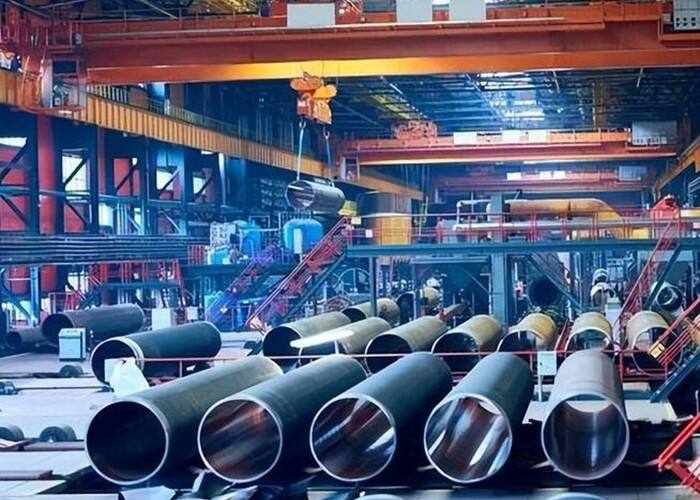세계 철강 협회는 올해와 내년에 글로벌 철강 수요가 계속 증가할 것으로 예상한다
세계철강협회는 2024년 4월 단기 철강 수요 전망 보고서를 발표하며, 2024년 글로벌 철강 수요가 1.7% 증가하여 17억 9,300만 톤에 이를 것이라고 예측했다. 2025년에는 글로벌 철강 수요가 1.2% 증가하여 18억 1,500만 톤에 도달할 것으로 전망된다. 2024년에서 2025년까지 글로벌 철강 수요는 지속적으로 성장할 것이다. 중국에 대해 세계철강협회는 2024년 중국의 철강 수요가 2023년 수준을 유지할 것이라고 예상한다. 부동산 투자 감소로 인해 철강 수요가 상응하여 줄어들겠지만, 기반 시설 투자와 제조업의 수요 증가가 부동산 산업의 하락을 상쇄할 것이다. 2025년에는 중국의 철강 수요가 1% 감소할 것으로 예상되며, 이는 2020년의 수요 정점보다 크게 낮은 수치이다.
2024년부터 2025년까지 중국을 제외한 전 세계의 철강 수요는 연간 3.5%씩 성장할 것으로 예상됩니다. 구체적으로, 2024년에서 2025년 사이에 지역 인프라 투자의 영향으로 인도의 철강 수요는 8% 지속적으로 증가할 것입니다. 2025년의 철강 수요는 2020년 대비 약 7천만 톤 더 많을 것으로 예상됩니다. 2022년에서 2023년까지의 성장 둔화 이후, 중동, 북아프리카 및 아세안과 같은 기타 신흥 경제체들의 철강 수요는 2024년에서 2025년 사이에 가속화될 것으로 보입니다. 그중 아세안은 정치적 불안정성 등 여러 요인들로 인해 미래 철강 수요 성장률이 더욱 둔화될 것으로 예상됩니다. 발전된 경제에서는 철강 수요가 각각 2024년과 2025년에 1.3%와 2.7%씩 성장할 것입니다. EU의 철강 수요는 2025년에 실질적으로 회복될 것으로 예상되며, 미국, 일본 및 한국도 철강 수요의 탄력성을 유지할 것입니다. 주목할 만한 점은, EU와 영국은 여전히 글로벌 철강 수요 성장에 있어 가장 큰 도전에 직면한 지역들입니다. EU와 영국의 철강 산업은 지정학적 변화와 불확실성, 높은 인플레이션, 통화 긴축 및 일부 재정 지원의 철회, 그리고 높은 에너지 및 원자재 가격과 같은 많은 도전 과제에 직면해 있습니다. 2023년에는 철강 수요가 2000년 이후 최저 수준으로 급감했습니다. 2024년의 예측치 또한 2024년 이후 크게 줄어들 것이며, 회복의 징후는 2025년까지 기대되지 않으며, 이때 5.3% 증가할 것으로 예상됩니다. 미국의 철강 기본 면은 양호하며, 2024년에 신속하게 성장 궤도로 복귀할 것으로 예상됩니다.
하류 산업의 관점에서 보면 한편으로는 높은 금리와 건설 비용 상승으로 인해 주거용 건설 산업이 침체되어 대부분의 주요 철강 소비 지역에서 수요 성장이 둔화되고 있다. 2023년 현재, 미국, 중국, 일본 및 유럽 연합의 주거 산업 활동이 저조하며, 통화 정책의 긴축 영향으로 인해 철강에 대한 수요가 본격적으로 회복되려면 2025년까지 걸릴 것으로 예상된다. 다른 한편으로, 높은 비용, 불확실성 증가, 자금 조달 조건의 강화 및 약한 세계 수요로 인해 글로벌 제조업 활동도 약세를 보이고 있으며, 이는 2024년에도 지속될 전망이다. 또한 대부분 국가들의 자동차 산업은 최소한의 성장세를 보이고 있을 뿐이다.
또한 세계철강협회는 세계 경제의 녹색 전환이 상당하며, 이는 공공 인프라 산업에 대한 강력한 투자의 주요 이유 중 하나라고 믿고 있다. 예를 들어, 세계철강협회의 시장연구위원회가 최근 실시한 연구에 따르면 새로운 풍력 발전소 설치가 2030년까지 글로벌 철강 수요를 세 배로 증가시킬 것으로 보이며, 이는 약 3천만 톤으로 1920년대 초반과 비교된다. 풍력 에너지 산업에서의 철강 수요는 전체 글로벌 수요에서 차지하는 비중이 비교적 작지만, 유럽과 같은 지역에서의 전체 철강 수요를 지원할 잠재력이 있다. 또한, 기반 시설 건설을 강화하고 기후 변화 위험에 대응하며 재해 이후 복구를 목표로 하는 공공 인프라 투자가 일본, 한국, 터키와 같은 주요 철강 소비국에서 2023년 철강 수요 성장을 뒷받침하는 중요한 요인임에 주목해야 한다. 세계철강협회는 공공 인프라 투자와 제조업 투자가 지속적으로 강세를 보일 것이라고 강조했지만, 높은 건설 비용과 노동력 부족이 단기적으로 공공 인프라 투자와 제조업 투자의 성장을 제한할 수 있다고 언급했다.





 EN
EN








































